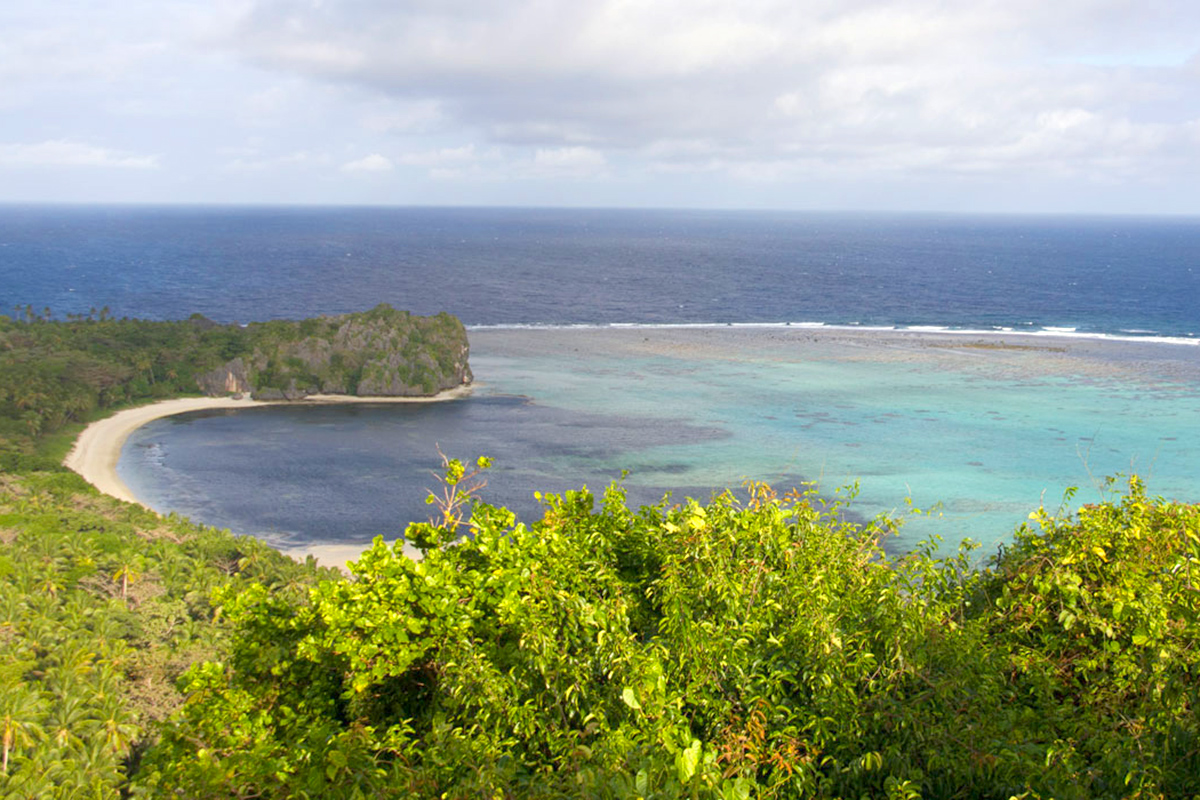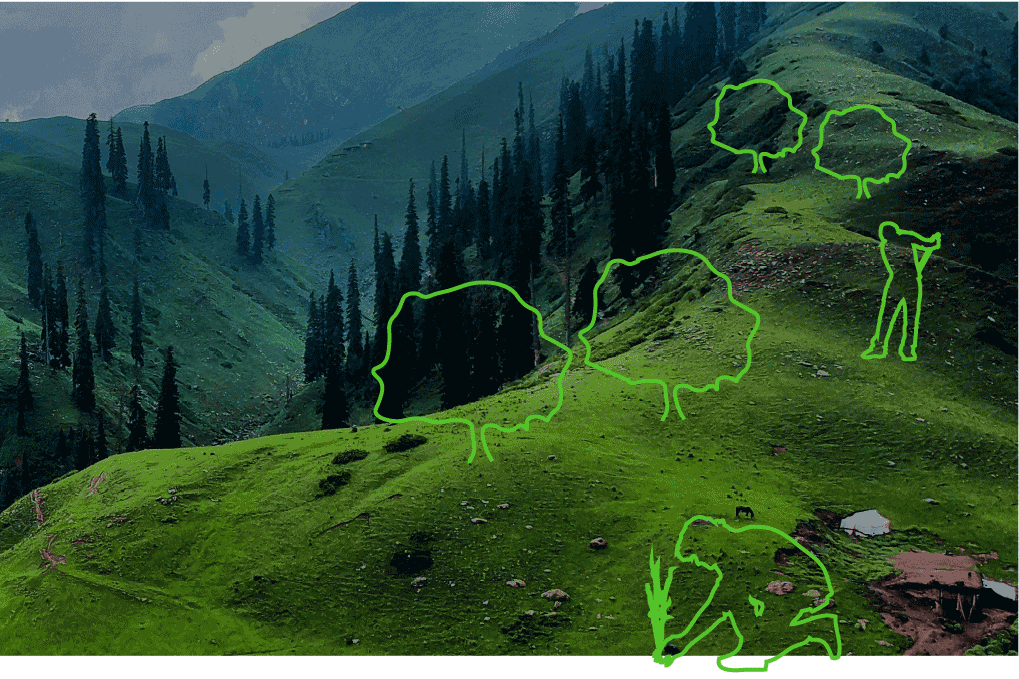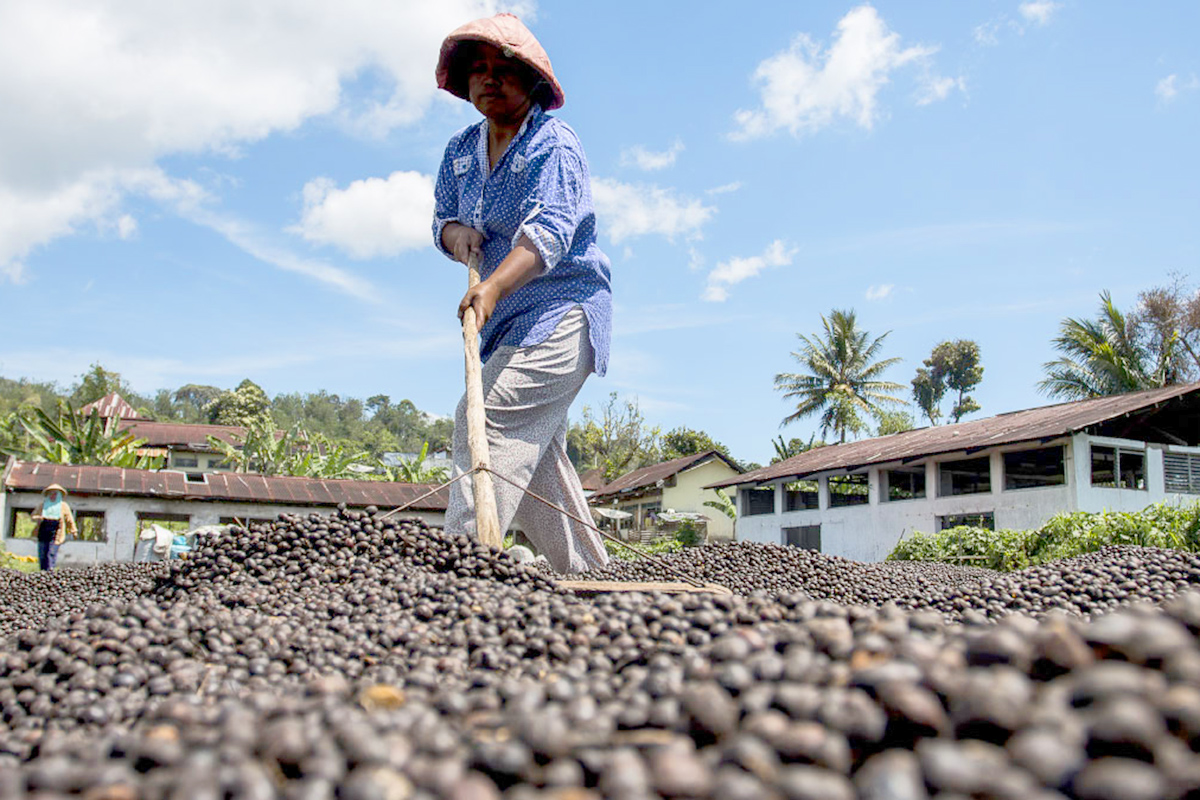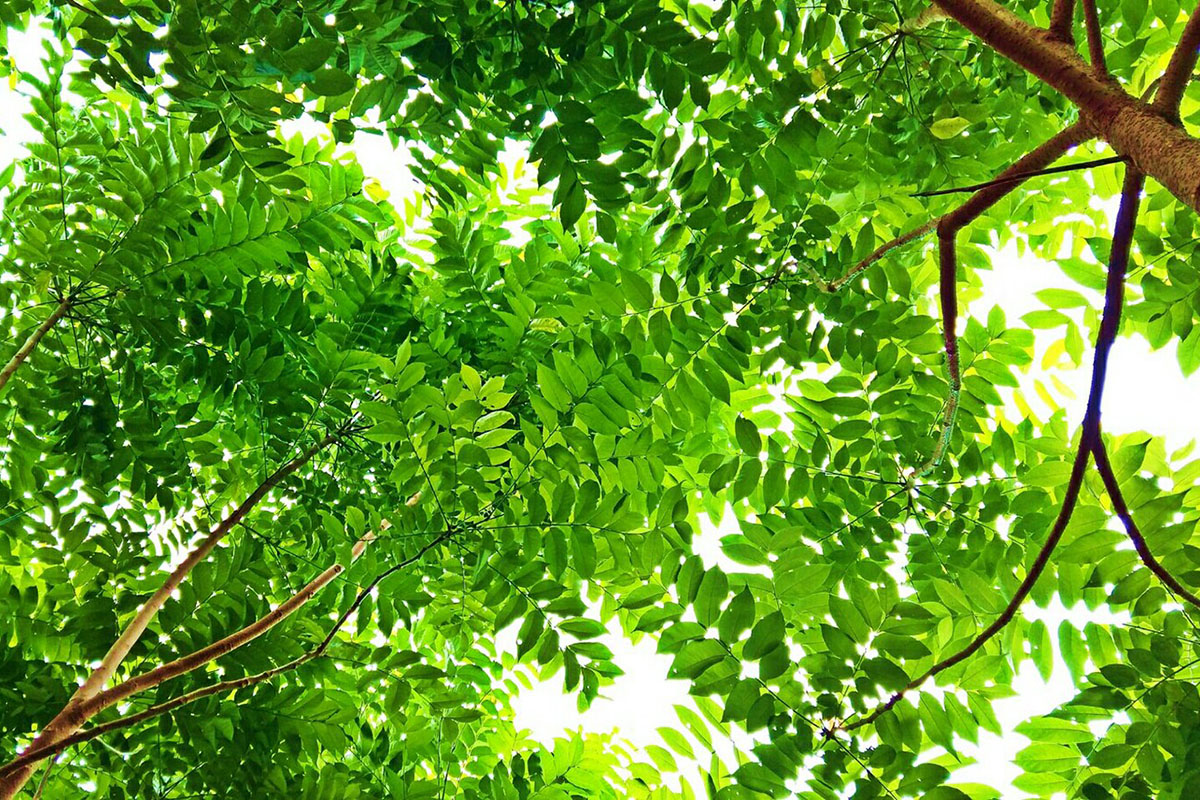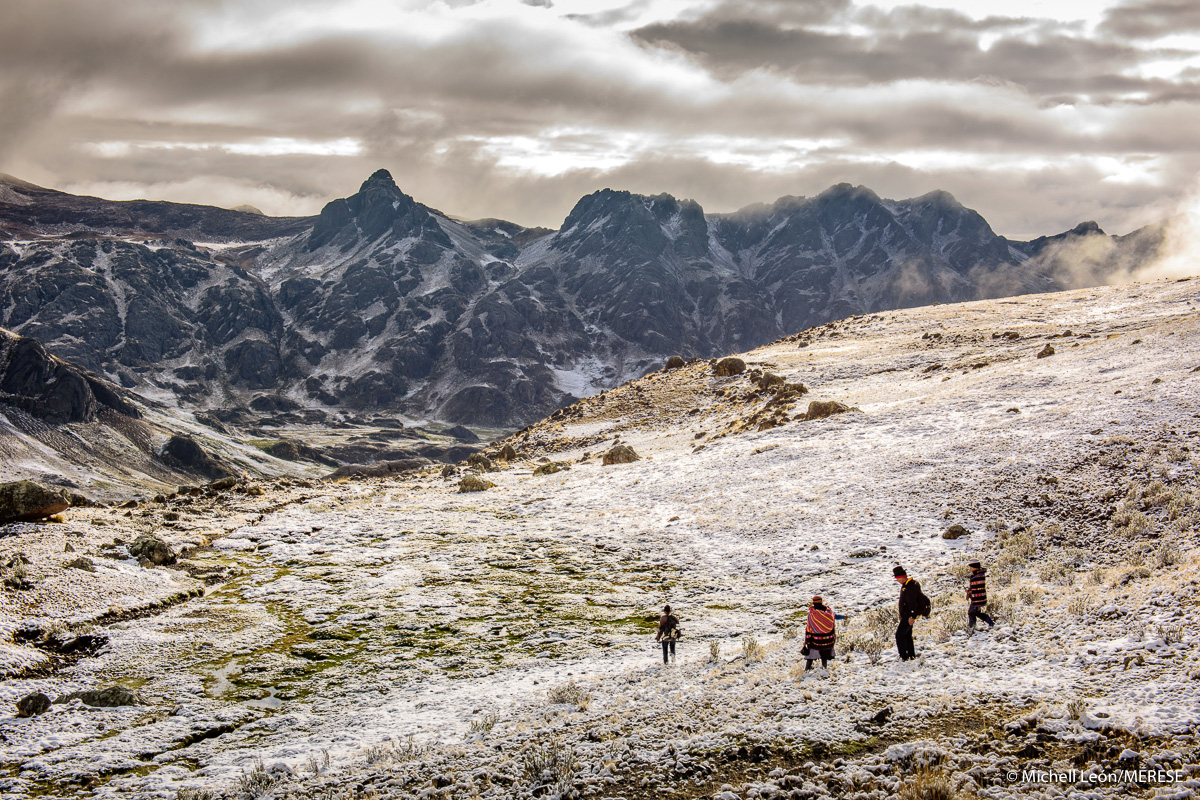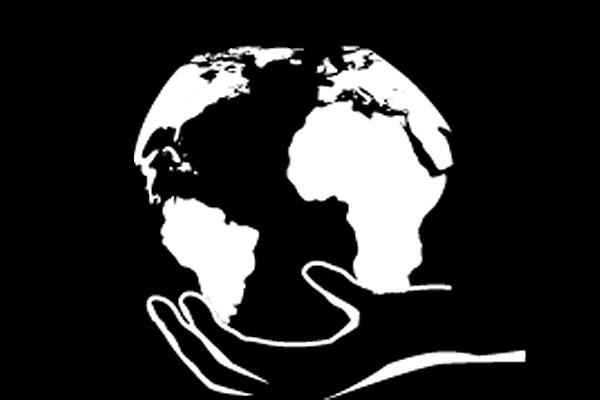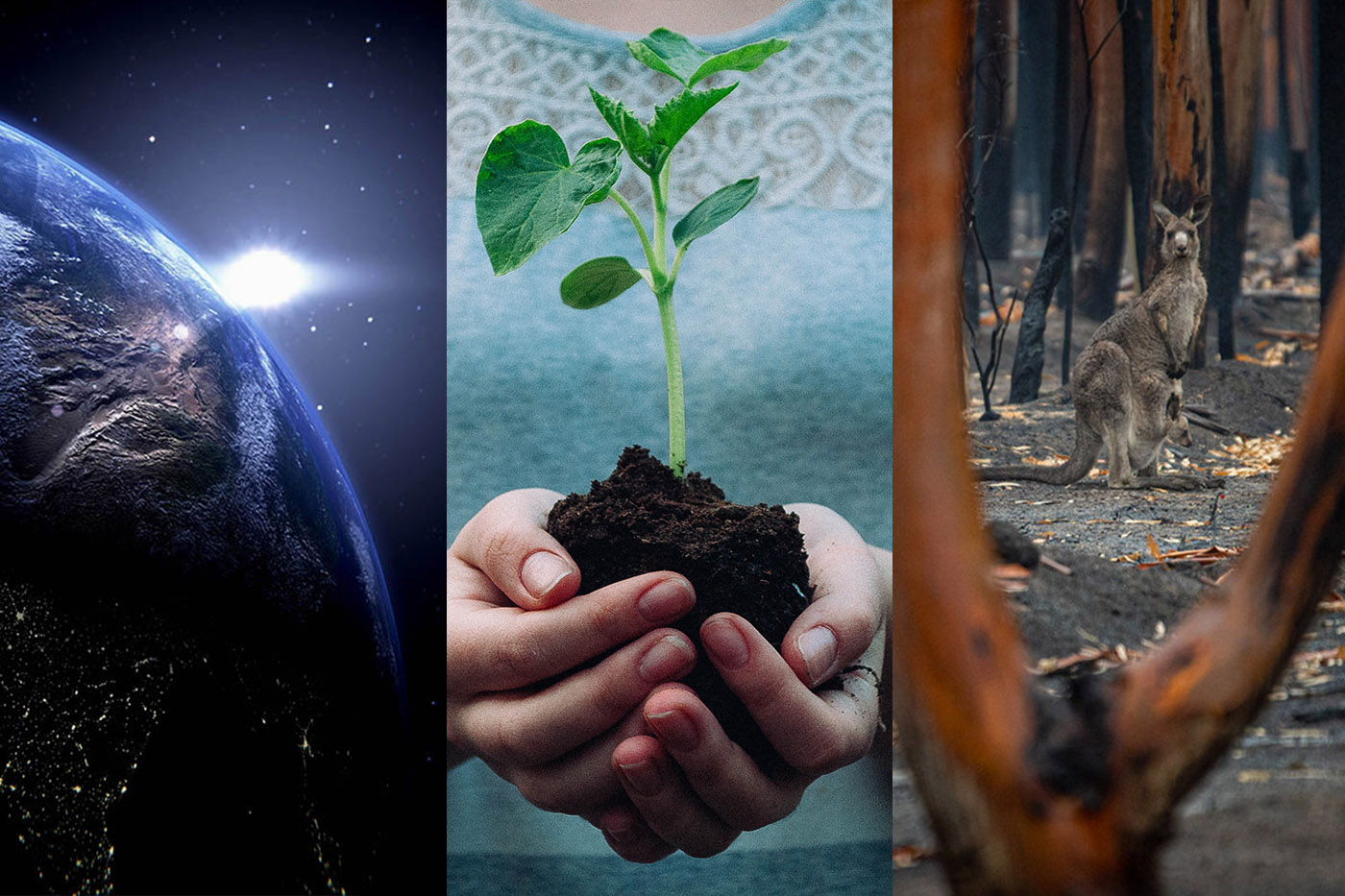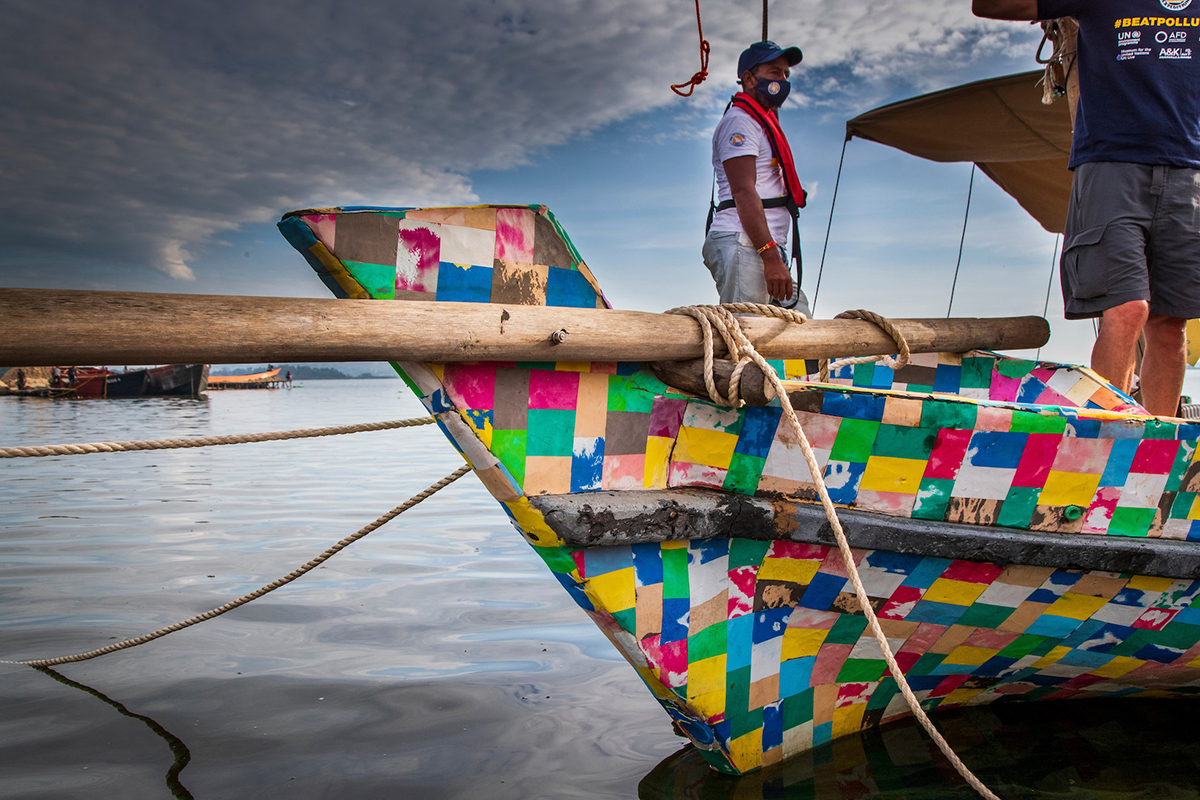UNDP engages brands, local processors, herder groups, development partners, civil society organizations and public authorities to advance sustainability in cashmere production.
Natural Resources and the Environment
Tasked with using geospatial technology to count trees in a remote region of northeast Nicaragua Rene Zamora, a Forest Economist from the World Resources Institute (WRI), spread the word so that local people could help. Most of his recruits worked in cattle ranching and agriculture and had never used a computer before. The end result was an FAO-WRI “mapathon”, where local people first learned the necessary computer skills and data-collection techniques before applying this knowledge, all with the goal of creating a high-resolution map of where the region’s trees are.
Janez Potočnik, former European Commissioner for Environment and Science, and Izabella Teixeira, who served six years as Brazil’s environment minister, met more than a decade ago at a gathering of the Convention on Biological Diversity in Nagoya, Japan. They were there as negotiators hoping to set clear targets that might safeguard the natural world. Each understood the stakes as they advocated for science-based principles to guide political action. They recently met with UNEP to discuss the study and the massive international effort needed to halt biodiversity loss.
In this month’s episode, IFAD celebrates World Environment Day through developments protecting the environment; Africa Climate Week and innovations from East and Southern Africa; and the International Day of Family Remittances, a day celebrating a vital source of funding for people living in rural communities in the developing world.
Other features include a new report on nature-based solutions in agriculture, the environment as inspiration for a UN Human Rights Champion, the changes to environmental policies in Afghanistan and organic farming in China, and a new group called Chefs 4 the Planet.
By taking profits of nature-based solutions, we can vastly improve human well-being and prosperity. This year’s report calls for investments in nature-based solutions to triple by 2030 and to increase four-fold by 2050 from the current level.
UNEP reports on Madrid’s drive to connect a series of existing woodlands, creating a 75km-long green belt around the city. Once complete, the forest will cover 35,000ha. It will help the city improve its air quality, counter climate change, and create a wealth of recreational opportunities for residents.
There has never been a more urgent need to revive damaged ecosystems than now. Ecosystems support all life on Earth. The healthier our ecosystems are, the healthier the planet - and its people. The UN Decade on Ecosystem Restoration (2021-2030) aims to prevent, halt and reverse the degradation of ecosystems on every continent and in every ocean. It can help to end poverty, combat climate change and prevent a mass extinction. It will only succeed if everyone plays a part.
From forests to peatlands to coasts, we all depend on healthy ecosystems for our survival. But their degradation is already affecting the well-being of 40% of the world’s population. This World Environment Day 2021 (June 5) calls for urgent action to revive and heal our damaged ecosystems. Join the “Reimagine. Recreate. Restore” campaign led by the UN Environment Programme and welcome the UN Decade on Ecosystem Restoration, a 10-year global rallying cry to make peace with nature, end poverty, combat climate change and prevent a mass extinction.
Financial backing from the GEF, FAO, UNEP and other international conservation partners has been set out to protect and restore mangrove species and safeguard the livelihoods of fish dependent communities in and around the Siné Saloum Delta. The programme, called the Coastal Fisheries Initiative, invests in restoring degraded mangroves so that they can retain their important role in balancing ecosystems. The Initiative is regenerating land and replanting large areas of mangroves, while also working with communities to rethink how they utilise and conserve them.
It is crucial that we invest on a large scale in nature-based solutions that help our planet recover, while creating jobs. The UN’s report State of Finance for Nature: Tripling investments in nature-based solutions by 2030 analyses global investment flows into nature-based solutions and identifies future investments to meet biodiversity, climate and land restoration targets. The report is being launched at the World Economic Forum event, Climate Breakthroughs: The Road to COP26 and Beyond, which aims to accelerate the global transition to a zero-carbon economy.
IFAD has invested US$1.6 million to work with community groups as they restore and conserve nearly 15,000 hectares of native forest, grasslands, and high Andean wetland habitats. Their actions will include reforestation with native species, fencing and sustainable use of grasslands, and installation of barriers throughout the wetlands. Through Compensation for Ecosystem Services systems, downstream users of ecosystem services remunerate the upstream rural populations who maintain them.
UNEP’s Protected Planet Report 2020 finds that the international community has made major progress towards protected and conserved area coverage but has fallen short on the quality of these areas.
Mother Earth is clearly urging a call to action. Nature is suffering. Oceans are filling with plastic and turning more acidic. Extreme heat, wildfires, floods, and hurricanes have affected millions of people. We continue to face COVID -19, a worldwide health pandemic linked to the health of our ecosystem. For International Mother Earth Day (22 April), let's be reminded that we need a shift to a more sustainable economy that works for both people and the planet. Let’s promote harmony with nature.
For much of the last three weeks, the Flipflopi, a dhow made from recycled plastic, including a helping of old sandals, has been calling into ports across Lake Victoria. The crew of the 10-metre-long vessel is on a mission to raise awareness about a tide of plastic choking Africa’s biggest lake – and to demonstrate that trash can be turned into treasure. A recent report by UNEP and the International Union for Conservation of Nature (IUCN) found that 27 per cent of plastic waste in Kenya is collected and, of that, only 7 per cent is recycled in the country. The problem is global. Humanity’s penchant for producing cheap plastic products, using them, and then throwing them away, has created a global pollution crisis that is threatening the natural world and human livelihood.




